What Is Sales Enablement? A Simplified Guide for Your Ease
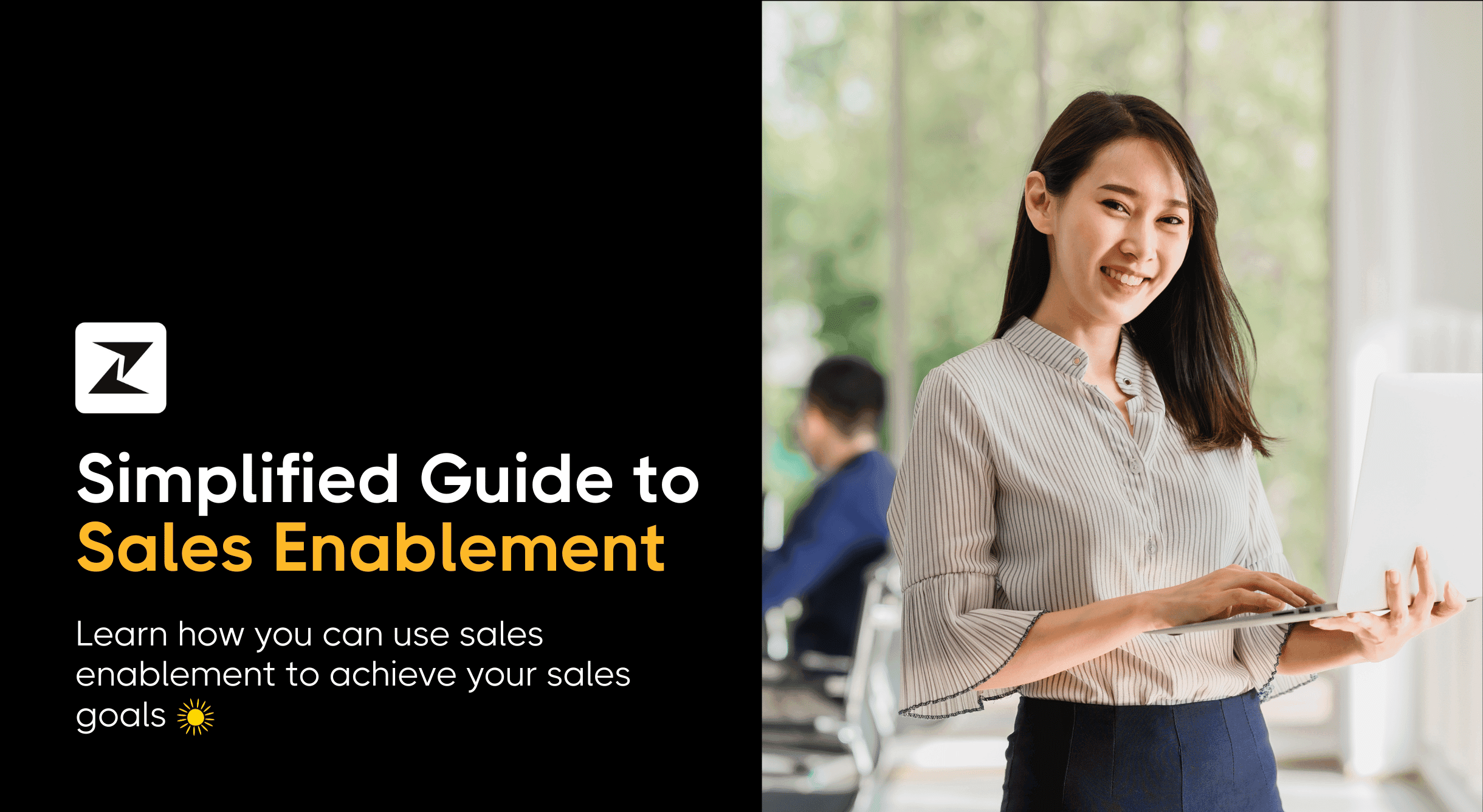
In today’s world, a business cannot become successful by simply sending a ton of emails or reaching out to customers with no solid sales process in place.
Customers are now much smarter than they were a decade ago. And this is making businesses develop a customer-centric selling approach, such as consultative selling where the focus is more on solving the problems of customers and building trust.
But to solve the issues of customers, you have to first identify these issues and provide the essential resources to your sales team to handle them. And this is what sales enablement entails.
Sales enablement is not just a concept you can overlook anymore but a must-have process you should invest in. In fact, according to CSO Insights’ Fifth Annual Sales Enablement Study, 61.3% of organizations reported having sales enablement programs in place.
That’s why, in this guide, I’ll talk about what sales enablement is, its benefits, and its components to help you understand its importance. So let’s dive right in.
What is sales enablement?
Sales enablement is an ongoing procedure of giving your sales staff the required assets to increase the number of sales. This process enables them to market your products more effectively and close deals efficiently.
These resources include written content (product documentation or sales paybook,) tools, and information required by the sales team to sell more smartly.
For instance, HighQ, a law firm and attorney-focused business management solution, creates a knowledge base using its product documentation, integrations, and updates in one centralized location, making it easy for its sales team to access.
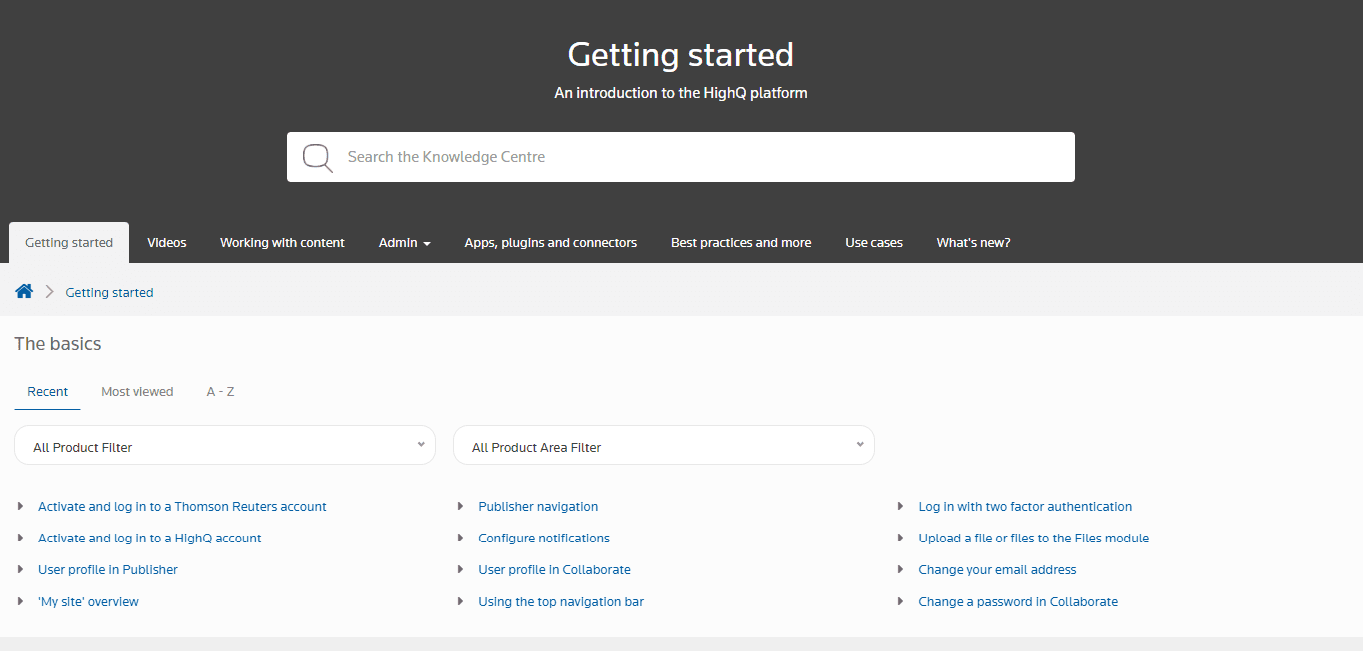
Benefits of sales enablement
Sales enablement provides your sales team with the required resources to handle customers’ pain points and guide them across the stages of the sales pipeline. On top of that, with the rising competition levels, a well-defined sales enablement process lets you beat your competitors and stay ahead of the curve.
As per research, 76% of businesses see an increase in the number of sales somewhere between 6% to 20%. This means that sales enablement works. So, here are some of the benefits of a solid sales enablement program.
Better performance
A Sales enablement ecosystem in the organization can improve the overall performance of the team members, resulting in higher conversion rates and increased revenue. The material you provide your sales reps will help them better understand the product and develop a deeper knowledge of the customer’s requirements, leading to effective communication and closing more deals.
Improved customer interaction
Sales enablement allows salespeople to interact with buyers in a much more professional manner and offer them the correct information, solutions to their problems, and the right tools for their needs.
Not just that. By having access to the relevant resources, your sales team can send personalized messages using an outbound sales platform like Zixflow to get them interested in your product and fulfill their needs in a better way.
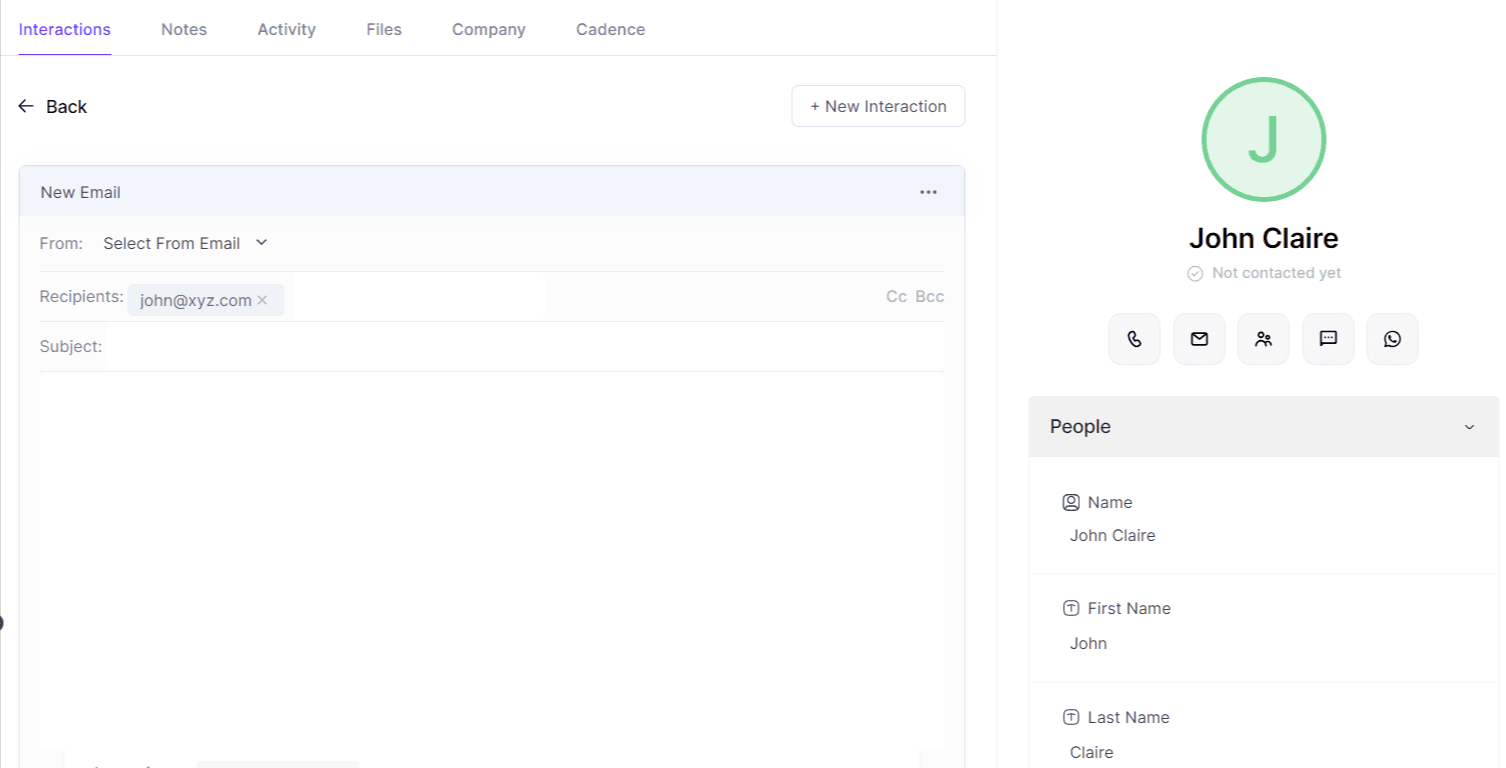
Consistent operations
Sales enablement helps to make sure that sales staff can perform consistently. By following a routine procedure without many changes or adjustments, your sales team can minimize mistakes and enhance the customer experience.
For example, you can create automated sales cadence sequences with Zixflow to ensure that your sales team does not miss any interaction with the prospect and that emails/follow-ups are being sent automatically at the right time.
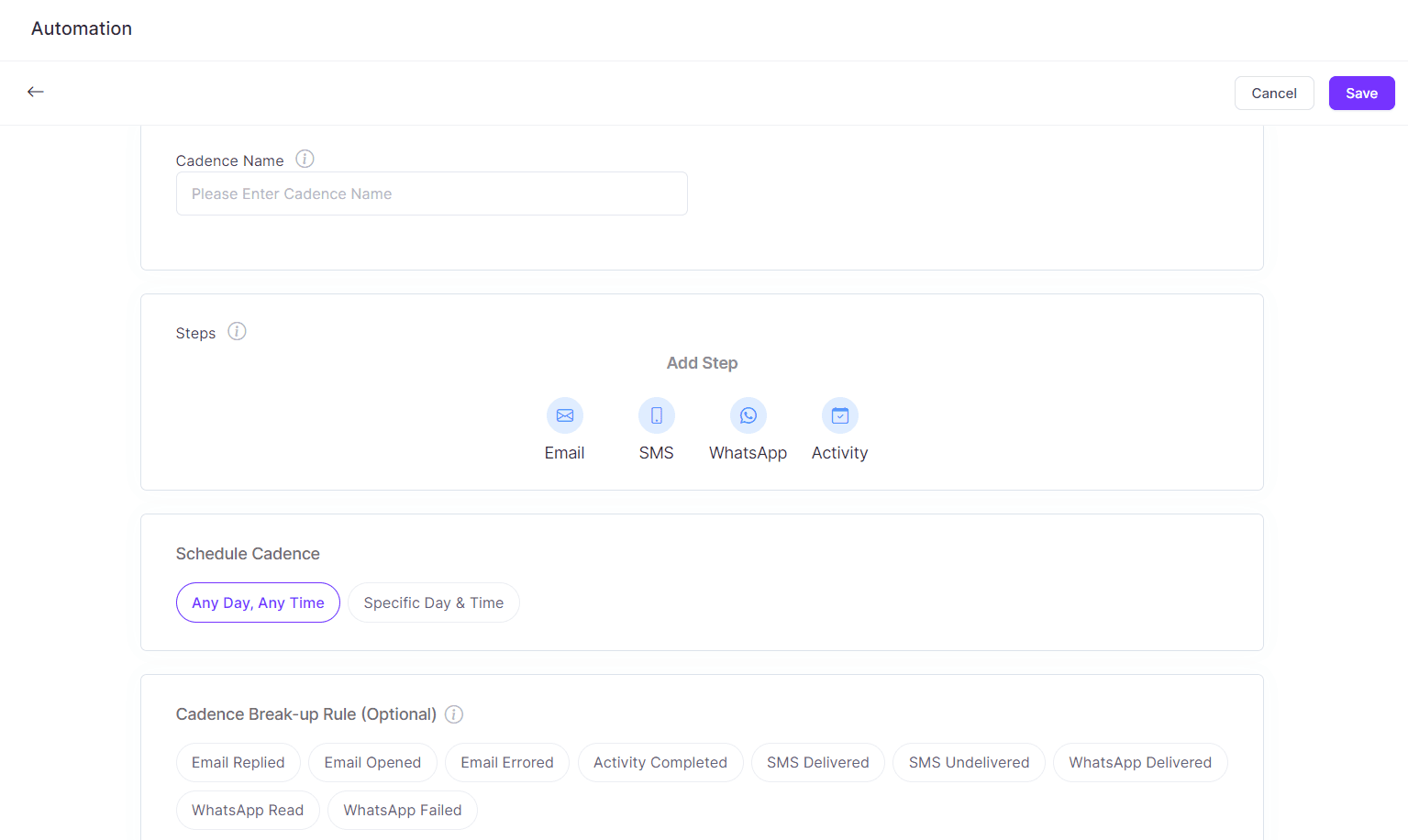
Improved teamwork
Sales enablement fosters teamwork between marketing, sales, and other divisions within your company, letting everyone be on the same page.
That is not all. Having a centralized database with all the required information and documents ensures that there are no organization silos in your company. This way, your sales agents would not have to wait for the details they need to do their job.
For example, the knowledge center of Zixflow properly categorizes content based on functionality and includes a search bar, so it is easy for users to look for the information they need.
This level of accessibility allows your sales team to find the required information quickly and not waste time searching for answers to their questions.
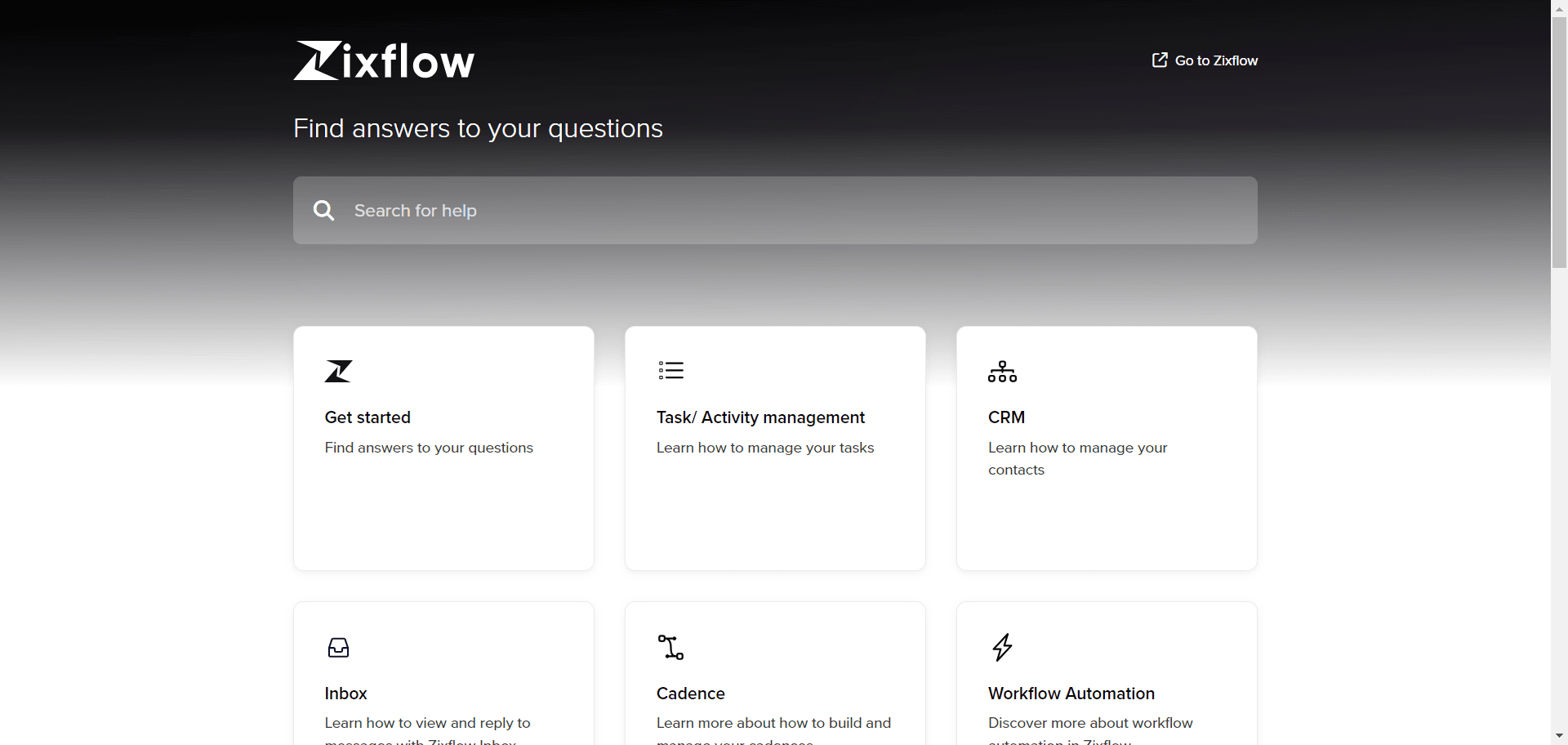
Components of sales enablement
Sales enablement is an approach that consists of various components that need to operate together to assist your sales staff with different types of sales. So, after knowing the benefits of sales enablement, let’s have a look at its key components of a sales enablement model.
Content management
Content is an important part of sales enablement. It is so crucial that 84% of sales agents said that the use of content increases productivity more than any other method.
This aspect involves producing and managing content that is relevant and helpful to sales staff. Content management also includes making sure that the content is easily available and is updated regularly.
To do this, start by deciding the content you want to create. After that, either hire a content writer or ask your company’s subject matter experts (SMEs) to generate content. And once that is done, build a centralized knowledge base and add all of this content to it so that it can be readily accessible to everyone.
For example, Slite, a knowledge base provider, uses its knowledge base to ensure that all the information required by your sales team is kept in a single location. The content is cleanly categorized and includes links to additional assets wherever needed.
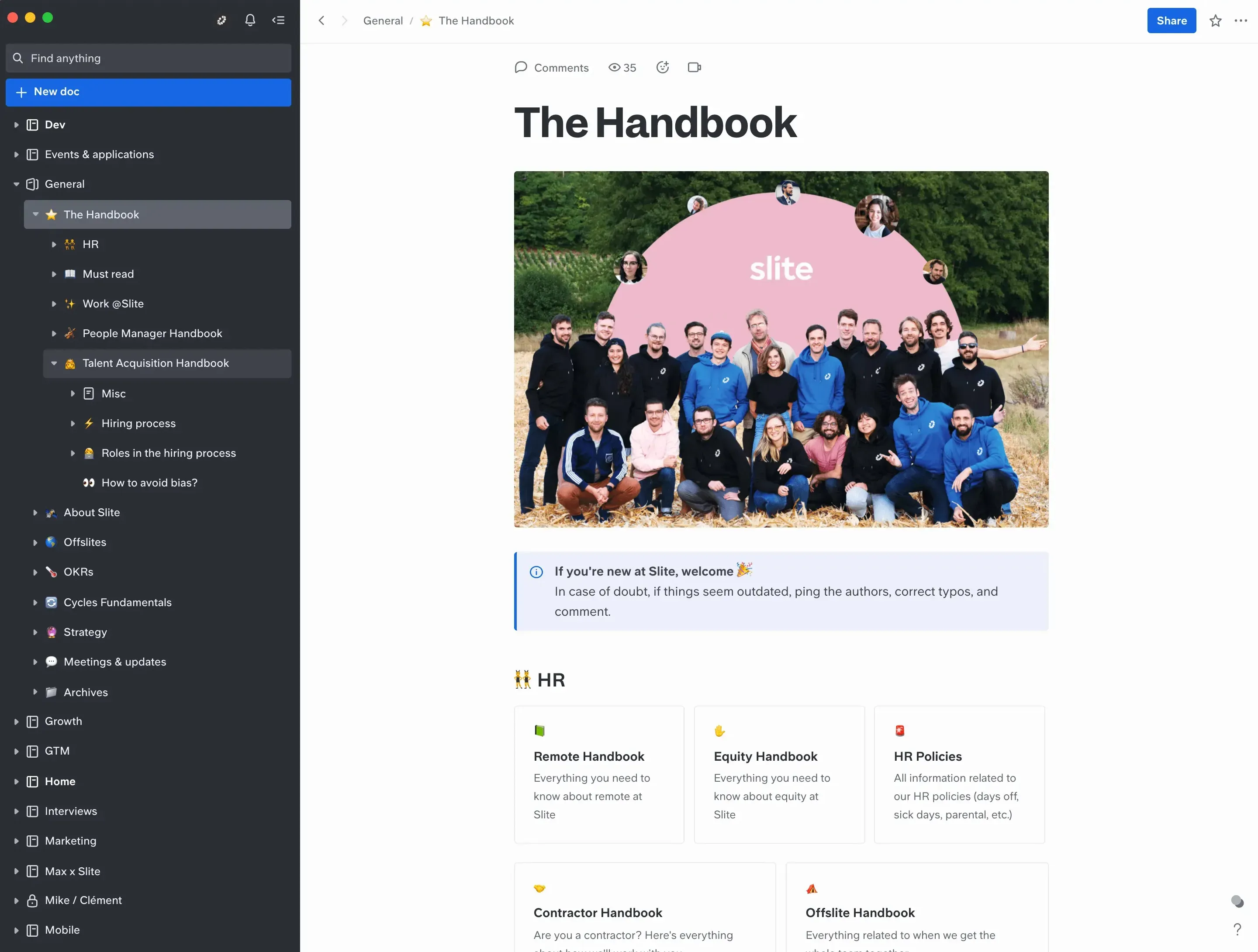
Staff training
Training or coaching is also a critical component of sales enablement as it allows the sales team to get equipped with the required capabilities to market your offerings properly. A study found that businesses that provide staff training are 57% more effective at selling their products than others.
To implement a correct training program, find out the skills and understanding you want your sales team to have. Next, don’t just provide them with written material and hope they will become the best sellers in the world. Use multiple training methods and cater to the learning styles of each rep.
For example, this is how Zixflow lets you add training videos directly to the software so that the sales team can understand its features and options.
Tools and technology
Nowadays, you can’t run a business operation efficiently without proper tools. And the same applies to sales enablement. Tools and technology let your sales team be more productive in their tasks.
Some of the most common tools used by businesses in sales enablement are:
Advanced SalesOS like Zixflow
CRMs are a thing of the past. The ways in which customers purchase products are evolving, and you should do the same. CRMs are not enough to meet the requirements of today’s customers. Rather than choosing between a sales engagement platform vs customer relationship management tool, you need something much more advanced to keep up with the demands.
And this is where Zixflow comes in. It is a robust sales solution for managing the entire sales pipeline that enables you to not just record your buyers’ details, but also utilize that data to run tailored email campaigns to interact with your customers properly.
To create an email campaign in Zixflow, you first need to add the footer information that will automatically be shown at the end of each email.
Once you have added the required information in the fields, you can proceed to the campaign builder. In the campaign builder, you can add your campaign’s name, the email address you want to send the campaign from, and the subject line. After you are done filling in these details, your campaign will be ready to be deployed.
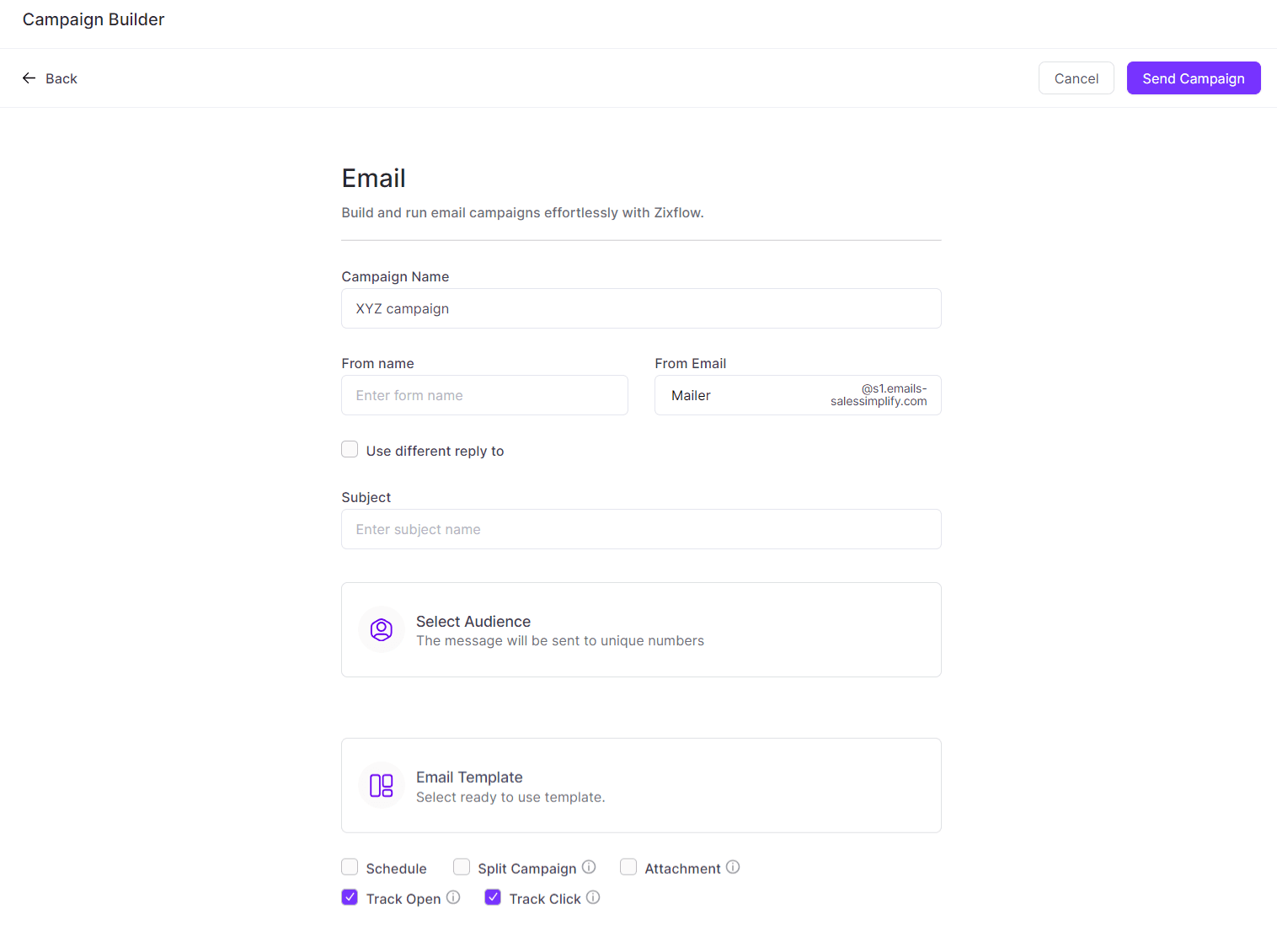
Furthermore, Zixflow consists of integrated sales CRM software and also includes automation capabilities, using which you can automate sales workflow to avoid doing the same tasks again and again.
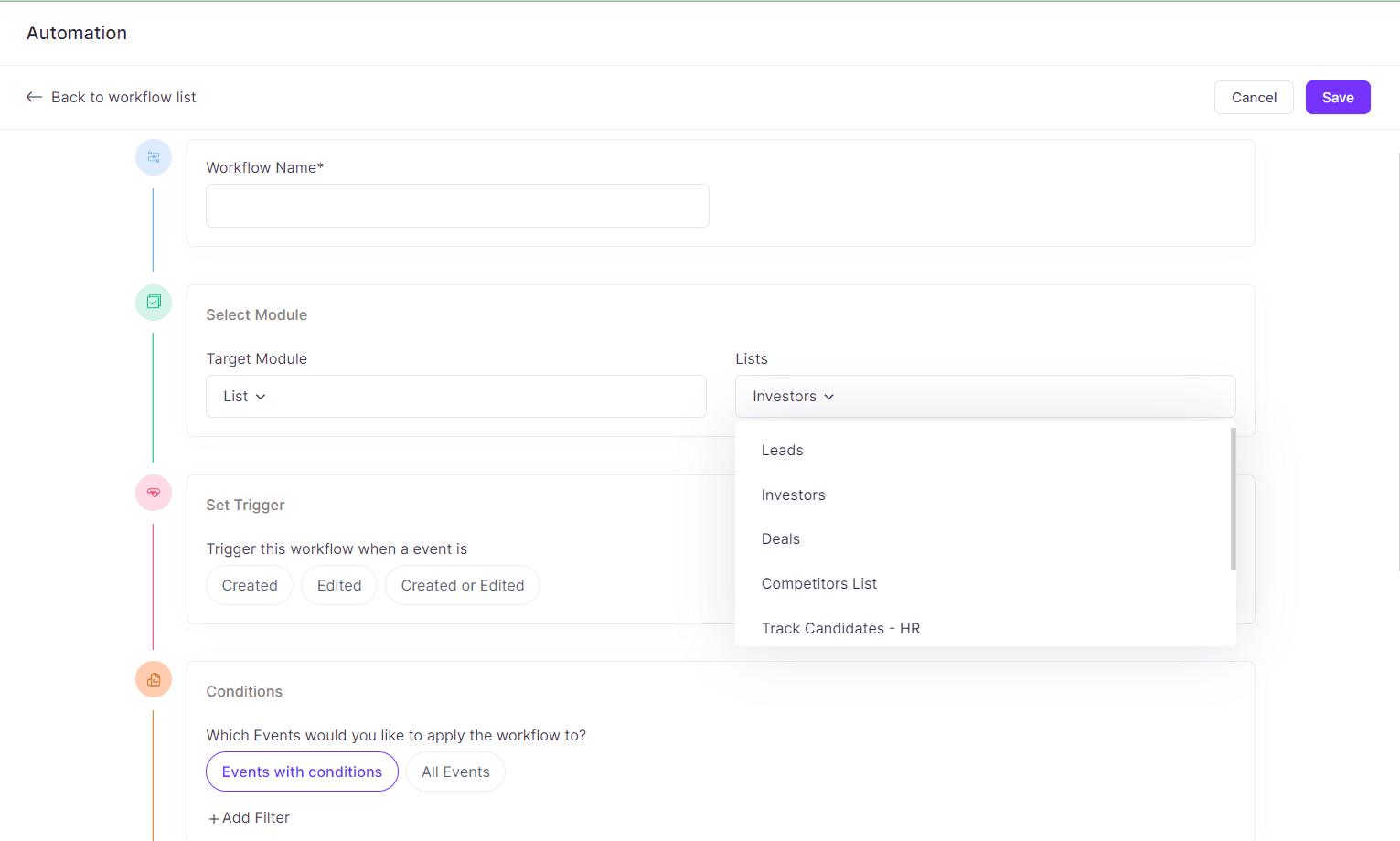
The combination of CRM and automation software is particularly important because 74% of companies that use CRM and marketing automation have well-aligned sales and marketing teams.
Content management system (CMS)
CMS software simplifies the process of creating and managing your digital content, allowing you to just focus on generating content and not worry about technical factors like coding.
A CMS software generally comes with an intuitive UI and lets your content writers properly handle content creation. For example, WordPress is one of the most famous CMS software, which is free to use and provides a clean user interface.
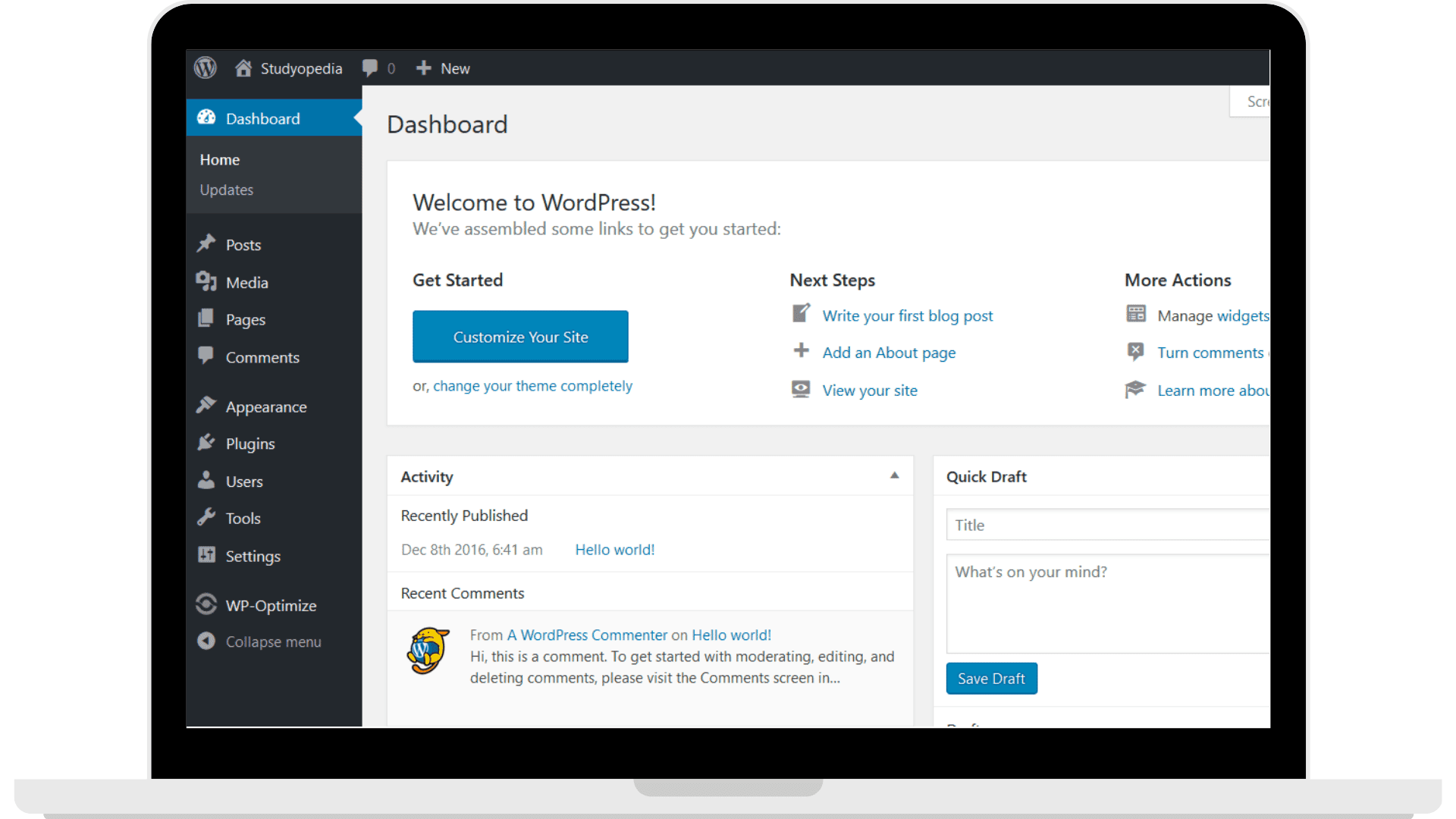
Lead generation chatbot
These chatbots are AI-based conversation tools that use natural language processing to engage with your website visitors and address any issues that they have. You can use a chatbot to ask questions, gather contact details, and provide information.
For example, the chatbot on Zixflow’s site allows you to reach out for support or go to the knowledge base in case you are facing a problem and want to look for its solution yourself.
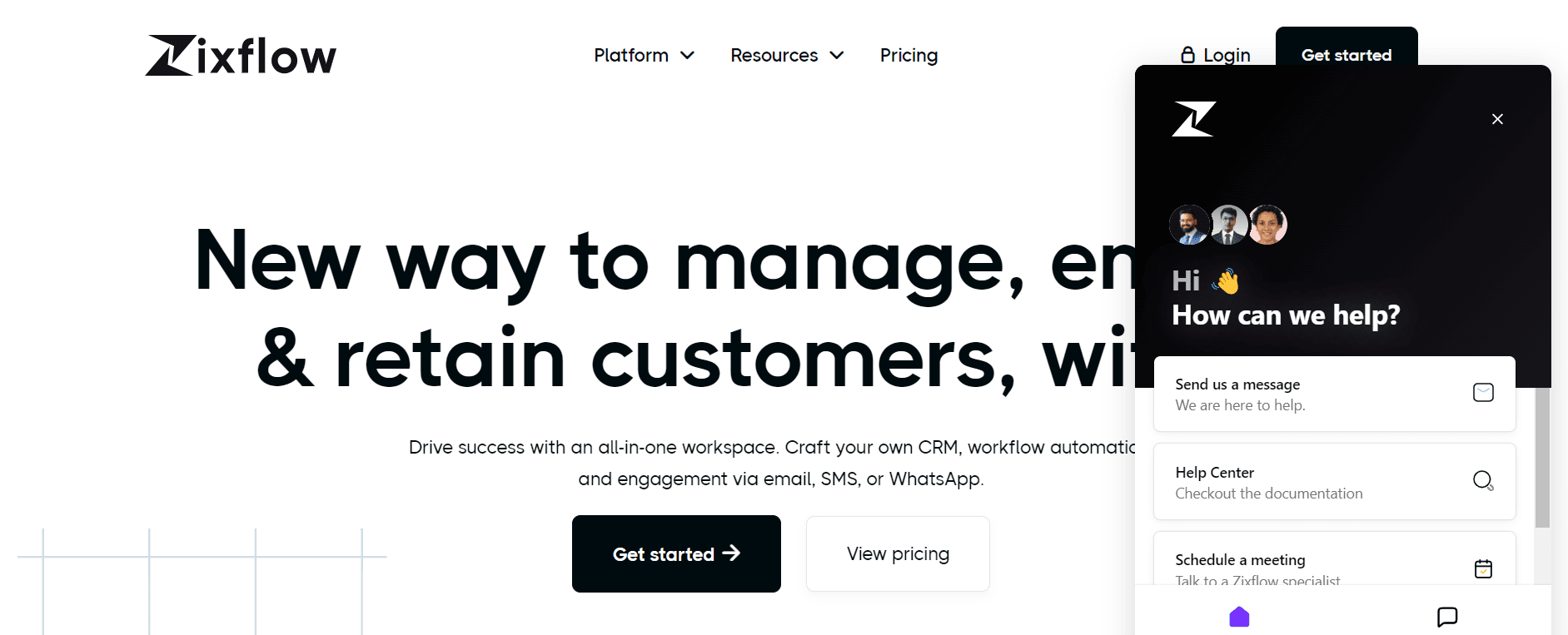
If you are wondering that creating and adding a chatbot to your site requires you to have coding knowledge, then you are incorrect. With Zixflow, you can create a lead-generating chatbot by just filling in the fields, and the software will automatically give you the code, which you add to your site’s source code. Check out this video to learn more about how to build a chatbot in Zixflow.
Sales engagement platform
Sales engagement refers to the process of interacting with your prospects and establishing meaningful relationships. And sales engagement tools are designed to enable you to do that.
For example, Zixflow is a sales engagement platform that helps you from prospecting to closing the deal all in a single solution. How? Check out the following video to learn how you can use Zixflow for multiple sales engagement models.
Metrics and analytics
By keeping track of crucial metrics, you get meaningful insights about how well your sales enablement efforts are going. Analyzing these metrics allows you to optimize your sales enablement strategies and ask the right qualifying questions to make the prospect interested in your product.
With that said, you must first define the indicators you will use to measure the success of your sales enablement. These could include:
Conversion rate
It is the percentage of people who completed a desired action on your website (filled out a form or submitted their email) To calculate it, take the number of visitors who completed an action, divide it by your total visitors, and multiply by 100.
Win/ loss rate
This is the ratio of the number of deals won compared to the number of deals lost.
Pipeline velocity
This metric measures how quickly leads or prospects are going through your sales pipeline. It is calculated by dividing the total revenue generated by closed deals by the average number of days it takes for a deal to move through the pipeline.
Closing ratio
This indicator measures how efficiently your sales desk is converting leads into customers. It is calculated by dividing the number of closed deals by the number of leads pursued.
Then, use data visualization to present this information in an easy-to-understand format. Doing so makes it easy for you and your sales reps to examine the information. If required, invest in upskilling your team to perform these analysis. For instance, using Power BI courses can equip your team with data visualization skills, beneficial to better understanding and acting on your closing ratio insights.
Use sales enablement and increase your revenue
Ultimately, the objective of sales enablement is to assist your sales team in closing more deals and building better customer relationships.
“Your competitors can copy your product or service, but they can’t copy the relationships you build with customers.” – Brian Goonan
It includes numerous activities, such as writing content, creating documentation, providing training to your salespeople, developing sales enablement strategies, and monitoring the performance of your efforts.
This may sound like too much work, but with the right strategies and tools, you can implement a sales enablement program that will benefit your business.
In fact, Zixflow is an all-in-one salesOS that comes with an inbuilt CRM, a meeting scheduler for better engagement with prospects, and a complete record of past interactions. This makes it easy since you only need one software to handle your sales enablement activities.
On top of that, its sales cadence software to engage with your prospects at every touchpoint and ensure that you offer an excellent sales experience while also closing the deal.
So book a demo right now and take your sales to the next level!
